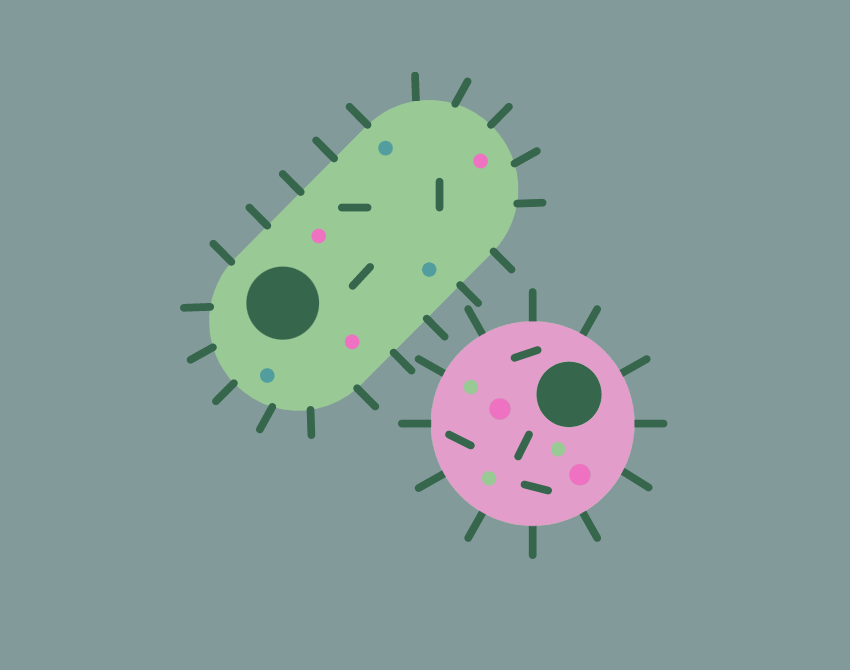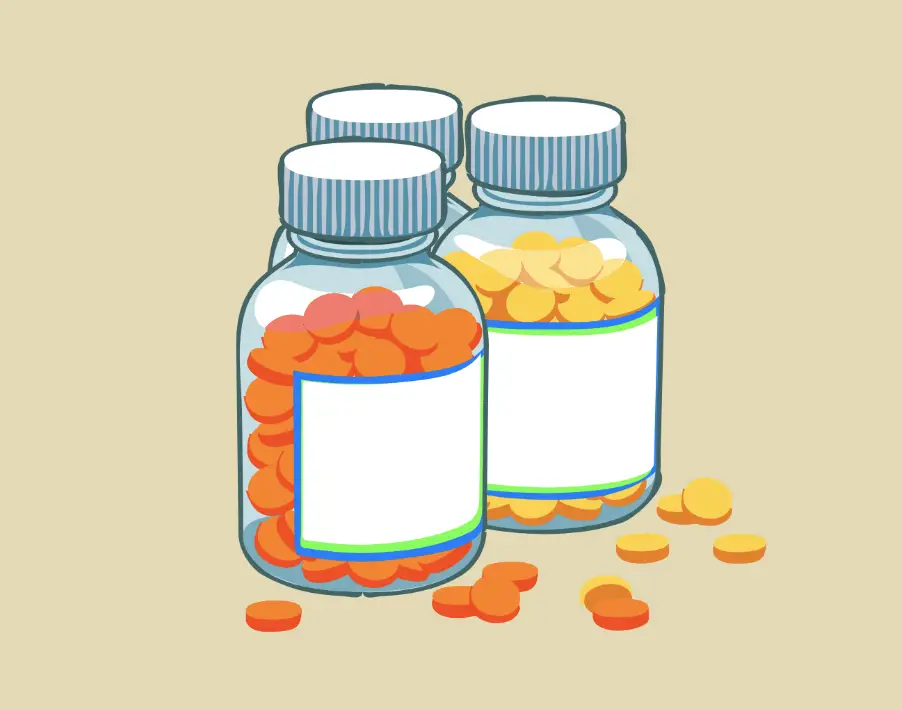
What is Primary Immunodeficiency? 3 things I’ve learned about PI
Table of Contents
4 years ago, I had never even heard of primary immunodeficiency (PI). When I was diagnosed with Common Variable Immunodeficiency (CVID), a type of PI, the whole concept was so new to me. It can be very hard to understand, and there are still parts of it that I am learning. Even now, when I try to explain my disease, I have a hard time articulating it. I really want to learn how to better spread awareness, especially for those who are experiencing symptoms or are newly diagnosed.

What is Primary Immunodeficiency (PI)?
PI is a disorder that weakens the immune system and causes it to not function properly, thus resulting in a high likelihood of illness from infections. People with PI disorders don’t have the same ability to combat sickness, and when they do become ill, situations can become significantly worse than if they had a properly functioning immune system.
PI disorders are known to be caused by genetic mutations and thus are hereditary. They can occur in any person regardless of age or gender.
1. There are more than 450 different types of PI.
My disease, CVID, is only one of these types, so that gives a lot of perspective into how many other PI disorders are out there. These vary in severity, and patients can encounter a variety of symptoms. These are all considered rare.
Other types of PI include Severe Combined Immune Deficiency (SCID), Wiskott-Aldrich Syndrome, Chronic Neutropenia, and more.
2. Symptoms can vary, but there are some main symptoms of PI disorders.
The main symptoms tend to include frequent and recurrent sinus infections, skin infections, bronchitis, and pneumonia (Mayo Clinic). Patients may also face inflammation and infection of organs (like the spleen), blood disorders like anemia, and autoimmune disorders.
I found out about my PI after about six months of recurring infections in my sinuses, throat, and ears. My lymph nodes were also really swollen and I had a low blood cell count due to an enlarged spleen. Before my diagnosis, I couldn’t figure out what was going on, but it made so much sense that my body wasn’t healing infections properly.
Because of the constant infections, PI patients may have to take antibiotics for longer durations to ensure that the infection has fully gone away.

3. To replace some functions of the immune system, many patients are treated with immunoglobulin (Ig) replacement therapy.
This therapy takes donated plasma and gives it to PI patients, who receive it either intravenously (IV) or subcutaneously (SC). I personally do it subcutaneously, which means that I insert needles into my fat and self-administer the Ig. This can be very hard for me at times, and many people do prefer the IV method. Some people end up trying out both!
You can find out more from the Immune Deficiency Foundation.

If you or a loved one has recently been diagnosed with a PI, this foundation is an awesome place for more information. I have been able to chat online with other PI patients and gain more knowledge about how the disease affects my body. They also put on walks, which I hope to go to one day!
Other Articles





